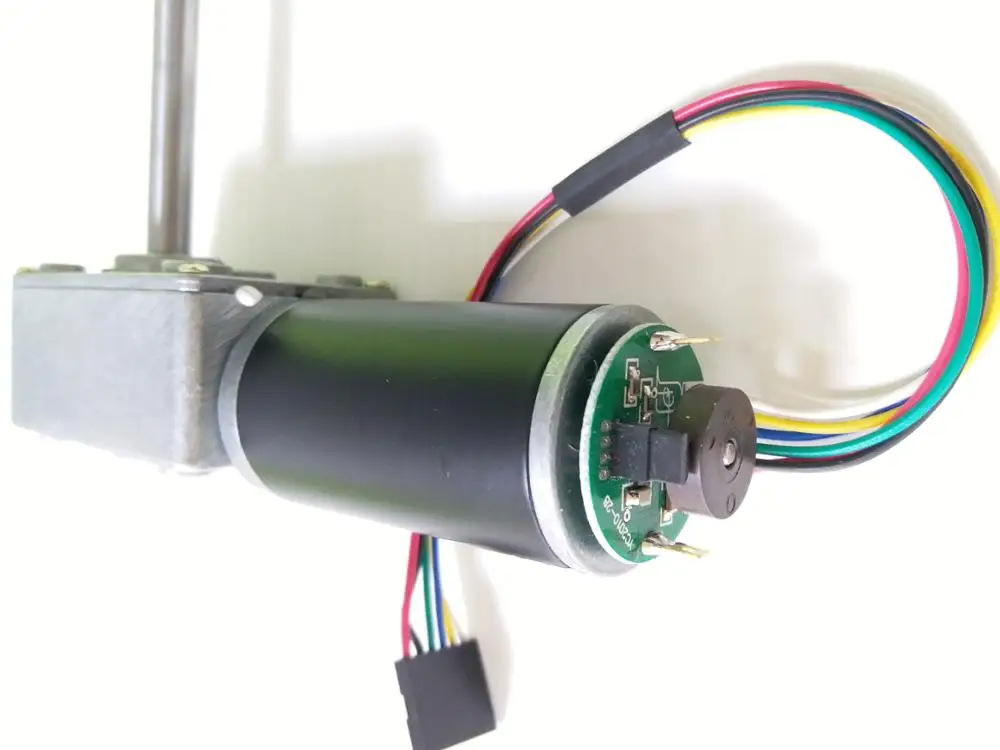During the operation of the motor, real-time monitoring of parameters such as current, rotational speed, and the relative position of the rotating shaft in the circumferential direction, to determine the status of the motor body and the driven equipment, and to further control the running status of the motor and equipment in real time, so as to realize many specific functions such as servo and speed regulation. Features. Here, using the encoder as the front-end measurement element not only greatly simplifies the measurement system, but also is precise, reliable and powerful.

The encoder is a rotary sensor that converts the position and displacement of the rotating parts into a series of digital pulse signals. These pulse signals are collected and processed by the control system, and a series of instructions are issued to adjust and change the running state of the equipment. If the encoder is combined with a gear rack or a screw screw, it can also be used to measure the position and displacement of linear moving parts.
Encoders are used in motor output signal feedback systems, measurement and control equipment. The encoder is composed of two parts: an optical code disc and a receiver. The optical variable parameters generated by the rotation of the optical code disc are converted into corresponding electrical parameters, and the signals that drive the power devices are output through the preamplifier and signal processing system in the inverter. .
Generally, the rotary encoder can only feed back a speed signal, which is compared with the set value and fed back to the inverter execution unit to adjust the motor speed.
According to the detection principle, the encoder can be divided into optical, magnetic, inductive and capacitive. According to its scale method and signal output form, it can be divided into three types: incremental, absolute and hybrid.
Incremental encoder, its position is determined by the number of pulses counted from the zero mark; it converts the displacement into a periodic electrical signal, and then converts the electrical signal into a count pulse, and the number of pulses is used to represent the displacement size; absolute The position of the type encoder is determined by the reading of the output code. The output code reading of each position within a circle is unique, and the one-to-one correspondence with the actual position will not be lost when the power is disconnected. Therefore, when the incremental encoder is turned off and turned on again, the position reading is current; each position of the absolute encoder corresponds to a certain digital code, so its indicated value is only related to the starting and ending positions of the measurement, while It has nothing to do with the intermediate process of the measurement.
The encoder, as the information collection element of the motor running state, is connected to the motor through mechanical installation. In most cases, an encoder base and a termination shaft need to be added to the motor. In order to ensure the effectiveness and safety of the motor operation and the acquisition system operation, the coaxiality requirement of the encoder end connection shaft and the main shaft is the key to the manufacturing process.
By Jessica
Post time: Apr-14-2022
